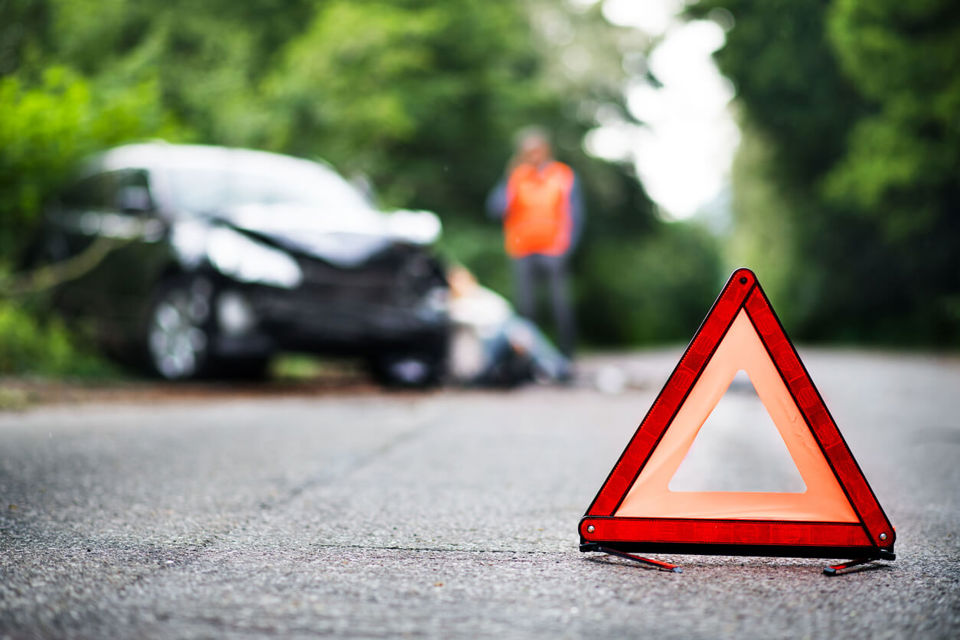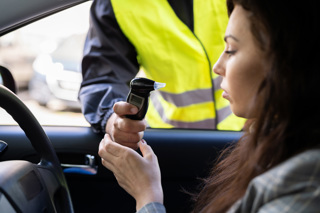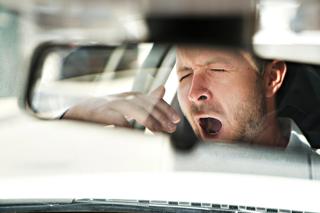An analysis of 1.4 million accidents has revealed where and when at-work drivers are at most risk of collisions, compared with other motorists.
AA DriveTech commissioned the research, carried out by Road Safety Analysis and based on incidents reported to police from 2008-12. It divided at-work drivers into four categories: working car drivers, commercial drivers, other working drivers and taxi drivers.
“We looked at the time of day, day of the week and time of the year that at-work drivers are most likely to be involved in collisions,” said David Richards from AA DriveTech.
Working car drivers are over-represented in collisions between 3am and midday. This group is twice as likely to be involved in a collision between 6am and 9am. Richards explained: “Routine journeys are the ones where drivers are more likely to fall into the trap of ‘just going through the motions’.
“Educating drivers about the risks they face on these trips can help remind them to pay extra attention – perhaps by trying some commentary driving – to keep their focus on the road.”
At-work driver categories are more likely than other motorists to be involved in a collision on a weekday.
Richards said: “Only taxi drivers are the exception to this rule, being significantly over-represented in collisions at weekends.”
Collision rates for at-work drivers on Friday are very similar to other drivers, but rates are higher than other weekdays. In fact, 17% of all crashes happen on a Friday.
At-work drivers also show a slightly increased tendency to have collisions during the winter months.
“Specialist training to help at-work drivers cope with these conditions would be time well spent for fleets to reduce their risk in this area,” said Richards.
“Given the financial and personal cost of collisions, it would also be worth fleets and trainers ensuring that drivers feel able to stay off the road in difficult and potentially dangerous conditions.”
Turning to where collisions occur, the report reveals that, while the majority occur at junctions (57%), different types of junctions show different results for each type of driver.
Working car drivers are over-represented in collisions on slip roads – by 28%. They were also slightly over-represented at roundabouts (7%).
At controlled junctions, taxi drivers are 75% more likely to have a collision than the norm. This is particularly interesting given the analysis of why collisions occur, which showed that taxi drivers were over-represented in collisions due to traffic contraventions, such as running a red light.
At-work drivers’ distance from home when involved in collisions questions the theory that drivers are more likely to crash near home due to becoming complacent on familiar roads.
On average, all drivers involved in collisions are 6.8 miles away from home at the time of a crash.
For all working car drivers, this increases to 7.5 miles – about 10% further than the average – and increases to 12 miles for commercial drivers.
Working car drivers from the North East, Scotland, Wales and the South West also tend to have collisions farther from home than the average working car driver. This partly reflects the need to travel farther from some areas of the country that are more rural and isolated.
Meanwhile, working car drivers are over-represented in collisions on busy, multi-lane roads.
They are also slightly over-represented on all types of rural road (single carriageway A and B roads as well as unclassified rural roads), but they are under-represented in both the equivalent categories of urban roads.
All categories of at-work drivers, except taxi drivers, were found to be over-represented in collisions on the strategic network.
Richards said: “For fleets, to know that their drivers are more likely to be involved in a crash at a roundabout, slip road or controlled junction can really help them target training. These are all areas where obeying rules and proper observation are key skills – both these things can be improved upon with greater education.”























Rebecca Wood - 19/11/2014 12:56
So what this study shows is that at work drivers - people who spend more time on the road than the vast majority of other road users - have more accidents, at times of the day when there are more vehicles on the road for them to have an accident with, and that the most likely place to have an accident is a place where vehicles are coming to a stop. I don't think this reveals a great deal that Fleet managers didn't already know from their own accident data and their own common sense.